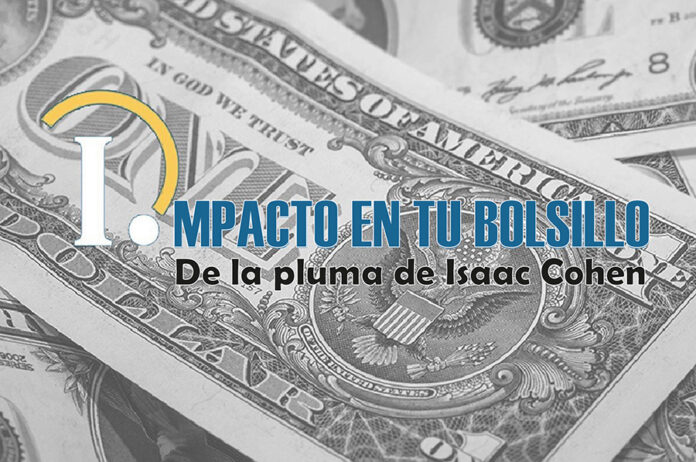The President of the Federal Reserve Bank of Atlanta Raphael Bostic, in his last quarterly message dedicated to current inflation trends in the United States, underlined the difference between disinflation and deflation. President Bostic said a “declining inflation rate” is disinflation, when “prices on average decline, that’s deflation.”
Mainly due to the tightening of monetary policy through higher interest rates by the central bank, from almost zero in March 2022 to 5.25-5.5 percent today, the US economy is undergoing a process of declining inflation, or disinflation. The Commerce Department last week said the personal consumption expenditures index, on an annual basis, decreased to 3 percent in October, from 3.4 percent in September, still above the central bank’s objective of 2 percent.
But thus far, despite the restrictive measures, this declining trend in inflation has been accomplished with unemployment below 4 percent, the so-called “soft landing.” Not all prices have gone up. For instance, the prices of services and some durable goods, such as autos and appliances, have decreased. While home prices and rents have remained high, given higher interest rates and despite a fall in sales.
The question is if the restrictive posture has reached the point where it is enough to attain the objective of 2 percent inflation. The response may be available on December 13, at the end of the next meeting of the Open Market Committee meeting in Washington.







